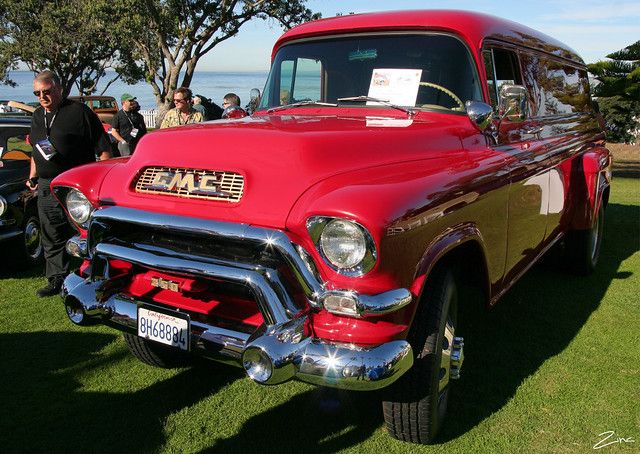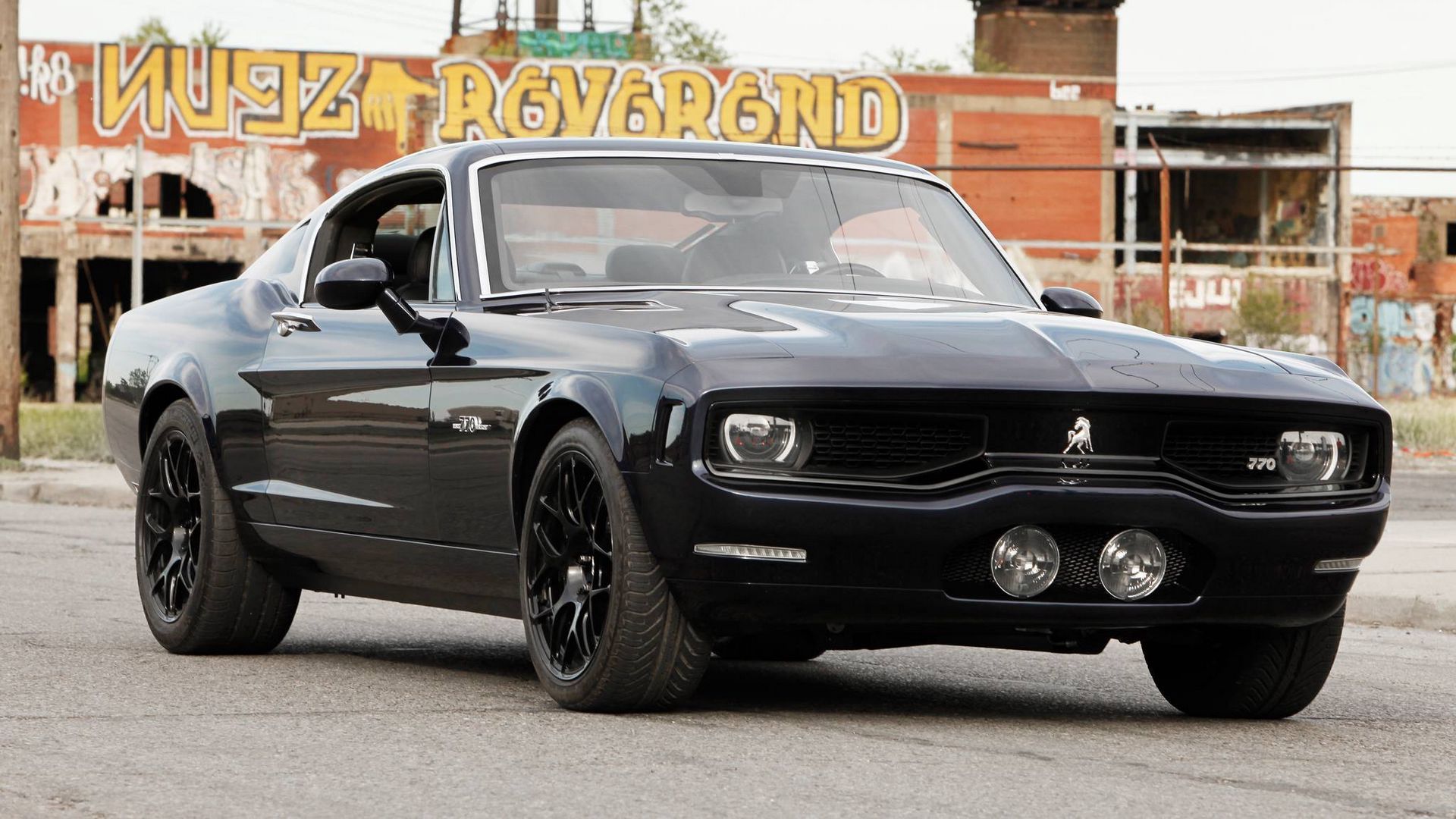
Oh, hey there, fellow gearheads and horsepower hounds! If you’re anything like us, there’s a special place in your heart (and probably your dreams) reserved for the thunderous roar and aggressive lines of classic muscle cars. These aren’t just vehicles; they’re rolling pieces of American history, born from an era when raw power and unadulterated speed reigned supreme. We’re talking about the late Sixties and early Seventies, a golden age that gave us some of the craziest, wildest cars U.S. automotive history has ever seen.
While today’s supercharged, computer-controlled beasts like the 807-horsepower Dodge Hellcat Redeye Jailbreak or the 760-horse Ford Shelby GT500 are undeniably incredible, delivering mind-boggling power with modern reliability, there’s an undeniable magic to the vintage iron. Back then, manufacturers were often secretive about true power figures, sometimes under-reporting due to the “safety lobby” and insurance companies. Plus, engines were hand-built, leading to variations in strength, and keeping those carburetor-equipped monsters finely tuned was a fiendish challenge once they left the assembly line. That’s why brilliant minds like the late Roger Huntington, the first engineer to approximate mathematical correlations between quarter-mile performance and raw horsepower, are so crucial to our understanding.
We’ve tapped into Huntington’s legendary calculations and a treasure trove of anecdotal data to bring you what we believe is the definitive list of 10 powerful classic muscle cars that deserve a prime spot in any enthusiast’s garage. These machines combine aggressive shapes, wild graphics, powerful engines, and that unmistakable cool style that made them legendary. So, buckle up, because we’re about to take a high-octane cruise down memory lane, celebrating the initial five titans that kicked off this incredible countdown.
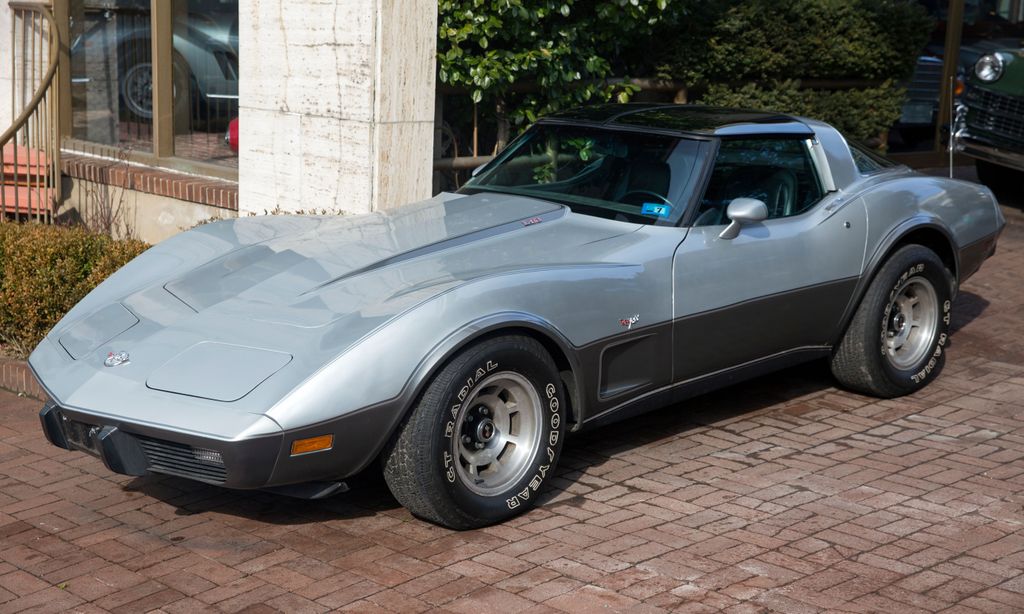
1. **Chevrolet L-78**Kicking off our list with a serious contender, the Chevrolet L-78 was a big-block engine that truly embodied the sleeper philosophy. Estimated at a robust 400 gross horsepower, this V8 came in both 396ci and 402ci displacements, making it a versatile powerhouse available across almost the entire Chevrolet lineup. From the compact Chevy II/Nova to the full-size 1965 Biscayne, and finding its way into legends like the Corvette and Camaro, the L-78 was a force to be reckoned with, no matter the chassis it powered.
However, if you wanted to find this engine in its most natural habitat, you’d typically look to a late-Sixties Chevelle SS. The year 1969 was particularly significant for the L-78, with nearly 20,000 of these potent engines being installed, cementing its status as a clear standout among Chevy muscle cars. What made these L-78-equipped machines particularly menacing was their unassuming appearance. They didn’t require any special exterior or trim packages, allowing them to cruise down Woodward Avenue looking like any other car, only to unleash a torrent of horsepower when challenged. This made them truly deadly sleepers, capable of surprising much of the competition and earning their stripes on the street.
Beyond their raw power, these big-blocks also had a practical advantage: they were generally easier to keep running than some of their more finicky rivals. While classic muscle cars were notorious for needing constant attention to stay in peak form, the L-78 offered a blend of brute force and relative manageability. This combination of stealth, widespread availability, and impressive performance makes the Chevrolet L-78 a well-deserved entry on our list, a true testament to Chevy’s ability to build a powerful engine that could fly under the radar until it was time to leave challengers in the dust.
Read more about: 22 Iconic Pickup Trucks That Shaped American Automotive History
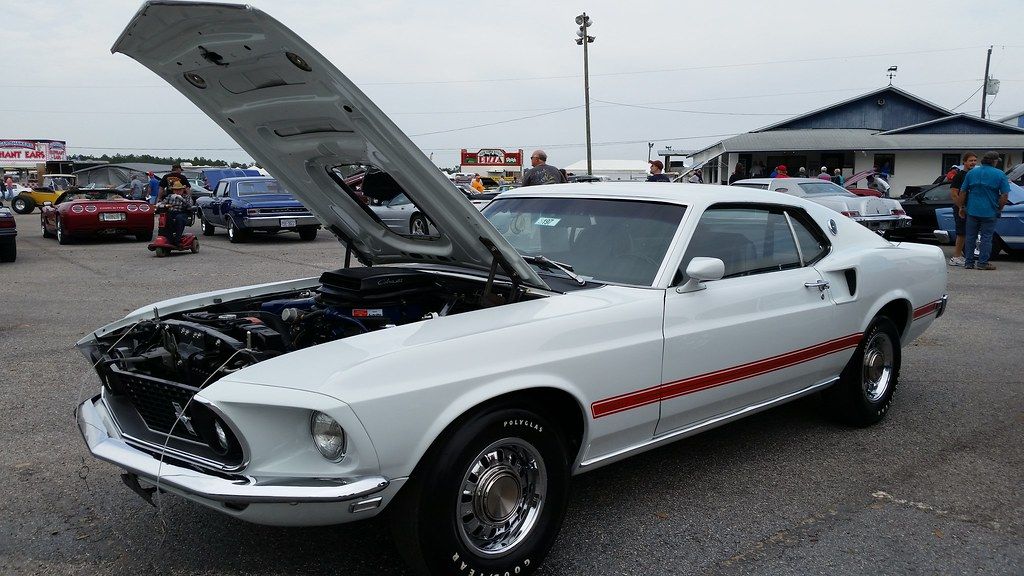
2. **Ford 428 Cobra Jet**Next up, we’re sliding into the driver’s seat of a Ford legend: the 428 Cobra Jet. The foundation for this powerhouse was already strong, with the 428 Police Interceptor engine having proven its mettle, even getting a spot in the 1967 GT500 thanks to Shelby. But as any true enthusiast knows, there’s always more power to be had, and Ford was about to prove it. The spark for the Cobra Jet came from an unlikely source: a Ford dealership that offered its own hopped-up version of the engine in their cars. This clever innovation caught the attention of Ford’s internal development teams, leading to an in-house project to produce what would become the iconic 428 Cobra Jet.
This wasn’t just a minor tweak; about thirty different parts were upgraded in the development of the 428 Cobra Jet. While it followed the design philosophy that Tasca Ford’s improved 428PI had pioneered, the Cobra Jet truly benefited from direct factory development, ensuring a level of integration and refinement that was hard to beat. This engine was serious business, delivering an estimated 410 horsepower, making any car it resided in an instant muscle machine. It found its way into some of the most desirable Ford and Mercury models of the era, truly spreading its legendary power across the lineup.
Of course, the 428CJ was famously installed in the Shelby GT500KR, cementing its status in high-performance lore. But its reach extended far beyond Shelby’s stable; you could also find this magnificent engine under the hoods of the Fairlane and Torino, as well as Mercury’s Cyclone, Comet, and Cougar. The widespread availability across these platforms meant that serious horsepower was accessible to a broader range of buyers, making the 428 Cobra Jet a cornerstone of Ford’s muscle car legacy and a car that still makes us swoon today.
Car Model Information: 2015 Dodge Challenger SXT Plus
Aka: Ford Fairlane (Venezuela)
Name: Ford Torino
Caption: 1970 Ford Torino Cobra SportsRoof
Manufacturer: Ford Motor Company
Production: 1968–1976
Class: Mid-size car,muscle car
Layout: FR layout
Related: Mercury Montego
Assembly: ubl
Predecessor: Ford Fairlane (Americas)
Successor: Ford LTD II
Categories: 1960s cars, 1970s cars, All Wikipedia articles written in American English, All articles with vague or ambiguous time, Articles with short description
Summary: The Ford Torino is an automobile that was produced by Ford for the North American market between 1968 and 1976. It was a competitor in the intermediate market segment and essentially a twin to the Mercury Montego line.
Just as the Ford LTD had been the upscale version of the Ford Galaxie, the Torino was initially an upscale variation of the intermediate-sized Ford Fairlane. In the 1968 and 1969 model years, the intermediate Ford line consisted of lower-trim Fairlanes and its subseries, the upper-trim Torino models. In 1970, Torino became the primary name for Ford’s intermediate, and the Fairlane was now a subseries of the Torino. In 1971, the Fairlane name was dropped altogether, and all Ford intermediates were called Torino.
Most Torinos were conventional cars, and generally the most popular models were the four-door sedans and two-door hardtops. However, Ford produced some high-performance “muscle car” versions of the Torino by fitting them with large powerful engines, such as the 428 cu in (7.0 L) and 429 cu in (7.0 L) “Cobra-Jet” engines. Ford also chose the Torino as the base for its NASCAR entrants, and it has a successful racing heritage.
Get more information about: Ford Torino
Buying a high-performing used car >>>
Brand: Ford Model: 428 Cobra Jet
Price: $16,467 Mileage: 95,860 mi.
Read more about: Behind the Melodies and Magnificence: An Enthusiastic Look at Brian Wilson’s Legendary Car Collection and His Unforgettable Automotive Legacy
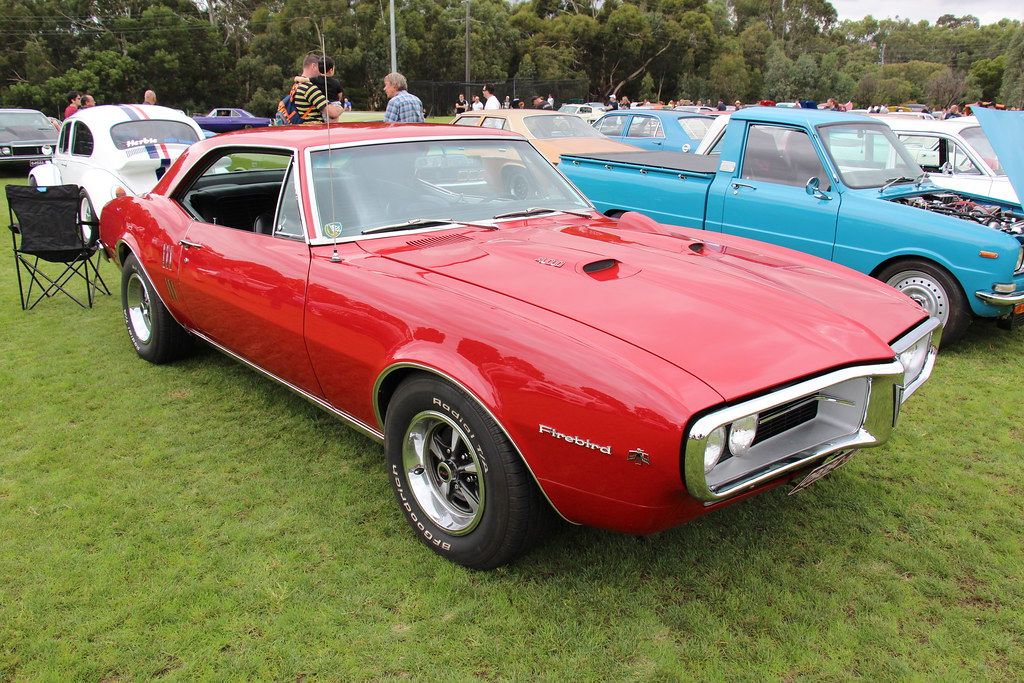
3. **Pontiac Ram Air 400**Prepare for a dose of Pontiac passion with our next entry, the Ram Air 400. The 400-cubic-inch big-block V-8 was the beating heart that forged Pontiac’s formidable reputation in the roaring Sixties. While some might recall that the early Pontiac GTOs, despite their aggressive marketing, weren’t always the absolute fastest cars on the block, the arrival of the mighty 400 cubic inch engine dramatically shifted that perception and then some. This powerplant brought the genuine grunt needed to back up the GTO’s bold image, solidifying its place in muscle car history.
The Ram Air variant, which first made its grand entrance in 1967, was a game-changer. Its ingenious design directed fresh, cool exterior air directly to the intake, optimizing performance, and this wasn’t just a simple bolt-on. Significant changes were also made to the valvetrain and exhaust systems to perfectly match this enhanced airflow, creating a truly harmonious and potent engine package. Pontiac engineers continued to refine this beast, with the intake port being further modified in 1968, squeezing out even more efficiency.
The relentless pursuit of power didn’t stop there. The following year, in 1969, a more aggressive camshaft and a robust four-bolt main were installed, pushing the engine’s capabilities even further. When you put all these meticulous upgrades and refinements together, you get an engine that was conservatively rated but consistently delivered 410 horsepower—or, more often than not, even more. The Pontiac Ram Air 400 wasn’t just an engine; it was a carefully engineered system designed for maximum performance, proving that Pontiac was serious about its muscle car credentials and offering drivers a truly exhilarating experience.
Car Model Information: 1966 Pontiac GTO Coupe
Name: Pontiac GTO
Caption: 2005 Pontiac GTO
Manufacturer: Pontiac (automobile),Holden
Class: Mid-size car,Compact car,Mid-size car
Production: 1963–1974,2003–2006
Predecessor: Pontiac Tempest
Layout: Front-engine, rear-wheel-drive layout
Categories: 1970s cars, 2000s cars, All articles with unsourced statements, Articles with short description, Articles with unsourced statements from October 2008
Summary: The Pontiac GTO is a front-engine, rear-drive, two-door, and four-passenger automobile manufactured and marketed by the Pontiac division of General Motors over four generations from 1963 until 1974 in the United States — with a fifth generation made by GM’s Australian subsidiary, Holden, for the 2004 through 2006 model years.
The first generation of the GTO is credited with popularizing the muscle car market segment in the 1960s. Some consider the Pontiac GTO to have started the trend with all four domestic automakers offering a variety of competing models.
For the 1964 and 1965 model years, the GTO was an optional package on the intermediate-sized Pontiac LeMans. The 1964 GTO vehicle identification number (VIN) started with 22, while the 1965 GTO VIN began with 237. The GTO was designated as a separate Pontiac model from 1966 through 1971 (VIN 242…). It became an optional package again for the 1972 and 1973 intermediate LeMans. For 1974, the GTO was an optional trim package on the compact-sized Ventura.
The GTO model was revived for the 2004 through 2006 model years as a captive import for Pontiac, a left-hand drive version of the Holden Monaro, itself a coupé variant of the Holden Commodore.
Get more information about: Pontiac GTO
Buying a high-performing used car >>>
Brand: Pontiac Model: GTO
Price: $59,991 Mileage: 4,408 mi.
Read more about: Lost Legends: 14 Classic Car Features We Desperately Miss (and Why They Vanished)
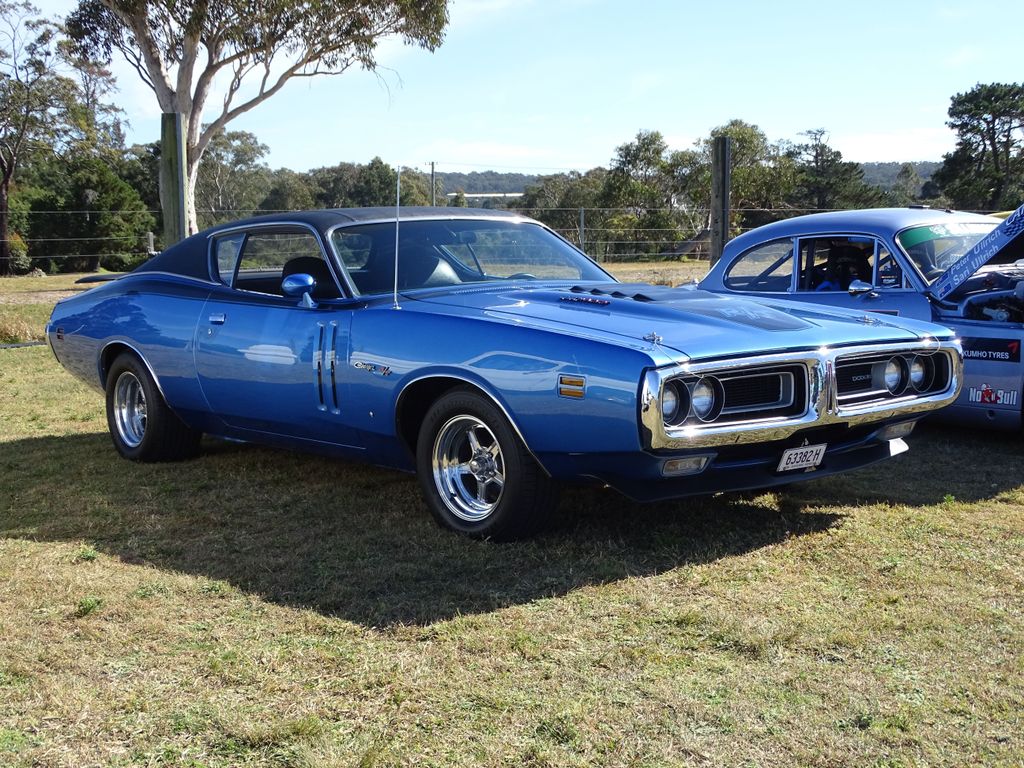
4. **Chrysler 440 Magnum**Hold onto your seats because we’re diving into some Mopar muscle with the Chrysler 440 Magnum, a true titan that delivered Hemi-style performance without the Hemi price tag. Yes, the legendary Hemi engine was undoubtedly first and foremost, a groundbreaking engineering marvel. However, Chrysler was firing on all cylinders in the Sixties, basking in its well-earned reputation as “the engineering company” among the Big Three. This meant they possessed the unparalleled ability and resources to develop a second big-block monster, one that could provide comparable thrills and incredible power.
The 440 Magnum was a testament to robust engineering, featuring a five-bolt main that made the engine practically bulletproof, ensuring exceptional durability even under the most punishing conditions. It was conceived by boring out the already potent 413-cubic-inch variant, resulting in a larger displacement engine that was renowned for its fast-revving nature and incredible responsiveness. Officially, this engine was underrated at 390 horsepower, a common practice of the era to appease various pressures, but in reality, it probably made significantly more than 410 horsepower, often surprising unsuspecting challengers on the street.
For a glorious three-year period, this incredible engine could be found across the entire Chrysler lineup, powering vehicles under all three of their iconic brands. This widespread availability meant that serious performance was within reach for a variety of buyers, eager to experience Mopar muscle. What’s more, the 440 Magnum was famously trivially easy to increase the power in the aftermarket, offering almost unlimited potential for enthusiasts looking to push the boundaries of performance even further. This blend of factory power, affordability, and aftermarket potential makes the Chrysler 440 Magnum an undeniable classic and a cornerstone of muscle car lore.
Car Model Information: 2015 Dodge Challenger SXT Plus
Categories: All Wikipedia articles needing clarification, All articles needing additional references, All articles to be expanded, All articles with specifically marked weasel-worded phrases, All articles with unsourced statements
Summary: The Chrysler Hemi engine, known by the trademark Hemi or HEMI, is a series of high-performance American overhead valve V8 engines built by Chrysler with hemispherical combustion chambers. Three generations have been produced: the FirePower series (with displacements from 241 cu in (3.9 L) to 392 cu in (6.4 L)) from 1951 to 1958; a famed 426 cu in (7.0 L) race and street engine from 1964-1971; and family of advanced Hemis (displacing between 5.7 L (348 cu in) 6.4 L (391 cu in) since 2003.
Although Chrysler is most identified with the use of “Hemi” as a marketing term, many other auto manufacturers have incorporated similar cylinder head designs. The engine block and cylinder heads were cast and manufactured at Indianapolis Foundry.
During the 1970s and 1980s, Chrysler also applied the term Hemi to their Australian-made Hemi-6 Engine, and a 4-cylinder Mitsubishi 2.6L engine installed in various North American market vehicles.
Get more information about: Chrysler Hemi engine
Buying a high-performing used car >>>
Brand: Chrysler Model: 440 Magnum
Price: $16,467 Mileage: 95,860 mi.
Read more about: Uncovering the Apex of Automotive Rarity: 14 Limited-Production Muscle Cars You’ll Likely Only Dream Of
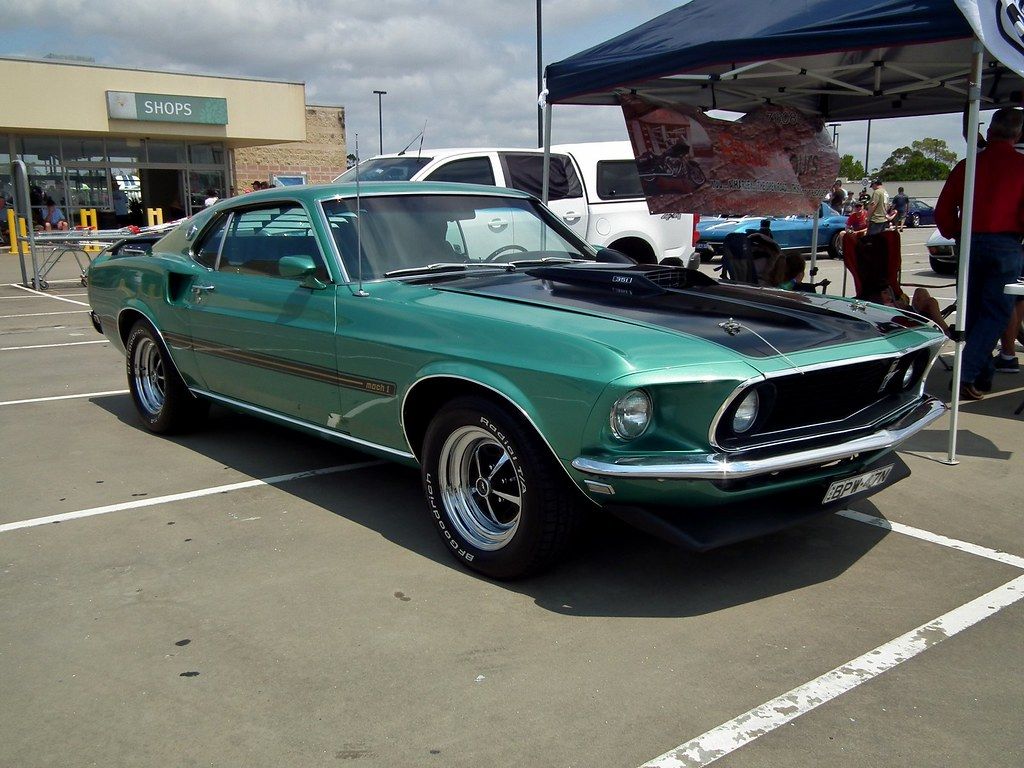
5. **Ford Boss 429**And now, for our fifth powerhouse, we arrive at the legendary Ford Boss 429, an engine born out of a direct challenge to Hemi dominance in the cutthroat world of stock-car racing. Ford was determined to compete, and to do so, they developed this monstrous 429 big-block, incorporating some of the very same ingenious ideas seen in its Mopar rival, including a similarly shaped combustion chamber. The engine itself was based on the Lima V-8, an entirely new design from the ground up, showcasing Ford’s commitment to engineering excellence and raw power.
It’s no exaggeration to say that plenty of money was poured into both the design and construction of this formidable engine. Every detail was meticulously engineered, from the innovative off-axis arrangement of the valves to the unique “gasketless” head assembly, all designed to maximize performance and reliability. However, despite its incredible potential, when the “aero era” of NASCAR began, Ford made the strategic decision to hold off on extensively racing the 429. This meant that the only place you could consistently find this marvel of engineering was tucked beneath the hood of the limited-production Boss 429 Mustang.
In these Mustangs, the engine was typically outfitted with conservative tuning and a relatively small carburetor, which, while still delivering a more-than-respectable 420 estimated horses, held back its true, unbridled potential. This approach was largely due to homologation rules for NASCAR, requiring a certain number of street cars to be produced. Despite these limitations, the Boss 429 Mustang remains a highly coveted machine, a symbol of Ford’s ambition to dominate the racing world. It would be more than a decade later before the Boss 429 engine would make a return appearance, famously resurfacing in a drag-racing Escort EXP, a testament to its enduring engineering and power.
Alright, fellow horsepower junkies, if you thought the first half of our list was electrifying, hold onto your hats! We’re about to shift into high gear and unveil the top five titans of raw American muscle that absolutely demand a spot in your dream garage. These aren’t just cars; they’re legends, built during an era where aggressive styling met unadulterated, tire-shredding power, leaving an indelible mark on automotive history.
Prepare to have your minds blown as we dive deeper into the unmatched horsepower, racing pedigree, and sheer charisma of these machines. We’re talking about the holy grail for enthusiasts, the cars that continue to fuel debates, inspire dreams, and make our hearts pound with every mention. Get ready for the ultimate rundown of the best of the best!
Car Model Information: 2015 Dodge Challenger SXT Plus
Caption: 1969 Boss 429
Layout: Longitudinal engine
Manufacturer: Ford Motor Company
Production: 1969–1970
Name: Mustang Boss 429
Class: Muscle car
BodyStyle: coupé
Assembly: Dearborn, Michigan
Height: 50.4 in
Abbr: on
Length: 187.4 in
Width: 71.7 in
Engine: 429 cuin
Transmission: manual transmission
Weight: 3870 lb
Categories: All Wikipedia articles needing clarification, All articles needing additional references, All articles with unsourced statements, Articles needing additional references from August 2008, Articles with short description
Summary: The Boss 429 Mustang is a high-performance Ford Mustang variant that was offered by Ford in 1969 and 1970. It featured a race-designed 429 cu in (7.0 L) semi-hemispherical head version of the big block 429 V8, offered in the car both to homologate the engine for NASCAR racing and to offer a bigger, more-powerful version of the popular small block 5 L Boss 302 Mustang.
The price of all the performance and modifications was steep: at nearly $5,000 a Boss 429 was roughly twice the price of the base model inline-6 Mustang. A total of 1,359 Boss 429s were produced.
Get more information about: Boss 429 Mustang
Buying a high-performing used car >>>
Brand: Ford Model: Boss 429
Price: $16,467 Mileage: 95,860 mi.
Read more about: 10 Dirt-Cheap Classic American Cars That Turn Heads Everywhere They Go for Under $10,000
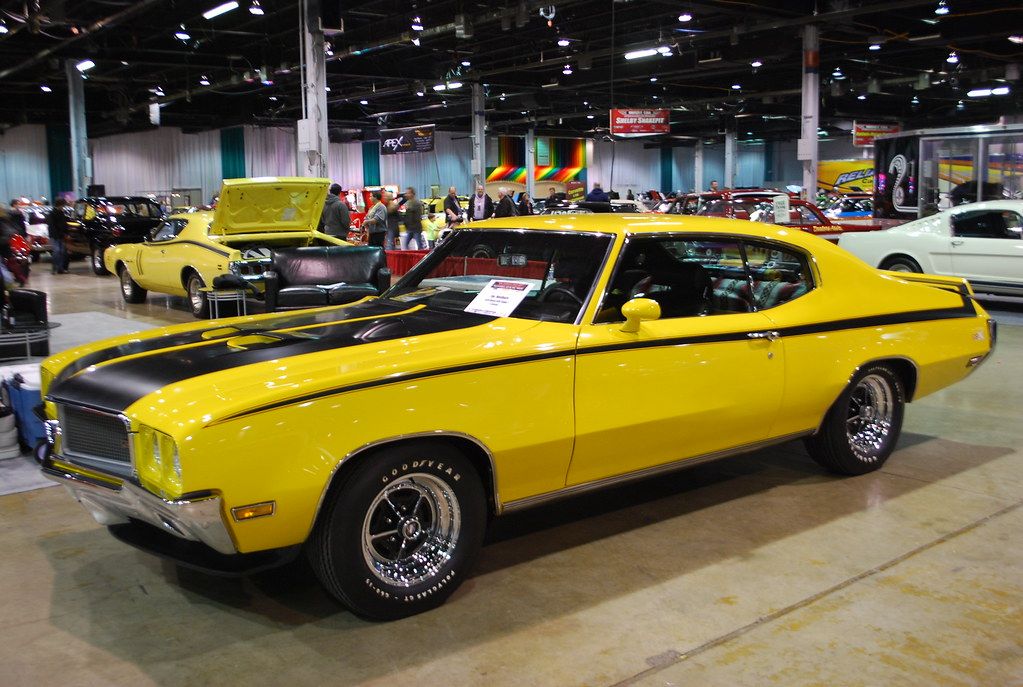
6. **Buick GSX 455 Stage 1**Now, if you’re thinking Buick, your mind might drift to comfy cruisers or “the doctor’s car” – but hold that thought! Because in the swinging Sixties, Buick decided to throw a massive wrench into that perception with its very own, in-house developed big-block engine. This wasn’t some rebadged hand-me-down; this was a purpose-built beast, designed from scratch to replace their older “nailhead” engines and inject some serious adrenaline into the lineup. Talk about an unexpected power play!
When this bad boy was expanded to a whopping 455 cubic inches, it became the perfect heart for a dignified Electra 225, giving it effortless road presence. But here’s where the fun really begins: you could also tune it up, drop it into an intermediate chassis like the Skylark, and suddenly you had a street-racing champion on your hands. The genius behind this was boring out the block to achieve that increased displacement, giving the Buick a surprising ability to rev up and leave others in its dust.
And if you wanted the ultimate expression of this power, you went for the Stage 1 trim on the GS and GSX variants of the intermediate Skylark. These machines were conservatively rated at 350 hp but were probably making more than 420 horsepower in real-world scenarios, paired with an astonishing 510 ft lbs of torque – a record for American production vehicles that stood for years! With exclusive colorways like Saturn Yellow or Apollo White and bold black racing stripes, the 1970 Buick GSX wasn’t just a runner; it was a statement, proving that even a brand known for refinement could deliver raw, unadulterated muscle.
Car Model Information: 2015 Dodge Challenger SXT Plus
Name: Gran Sport
Logo: Buick gs emblem.png
Producttype: Performance car
Currentowner: General Motors
Producedby: General Motors
Introduced: [object Object]
Related: T-Type
Markets: U.S.
Categories: All Wikipedia articles in need of updating, All articles with unsourced statements, Articles with short description, Articles with unsourced statements from September 2020, Buick vehicles
Summary: The Gran Sport name has been used on several high-performance cars built by General Motors for its Buick brand since 1965. In the GM brands hierarchy, Buick was surpassed in luxury and comfort appointments only by Cadillac, which did not produce performance models. As a result, the Buick GS series were the most opulently equipped GM sport models of their era.
The Gran Sport performance enhancements on all Buick products during this era sought to affirm Buick’s tradition of producing powerful and comfortable products going back to the 1930s when all Buicks of the time were upgraded to the Buick Fireball Straight Eight, then installed the 278 cu in (4.6 L) Roadmaster engine in the shortest model Special and introduced the Century, known as “the banker’s hot rod” with a three speed synchromesh manual transmission. The Gran Sport sought to identify cars that were fun to drive with a luxury approach.
Get more information about: Buick Gran Sport
Buying a high-performing used car >>>
Brand: Buick Model: GSX 455 Stage 1
Price: $16,467 Mileage: 95,860 mi.
Read more about: Uncovering the Apex of Automotive Rarity: 14 Limited-Production Muscle Cars You’ll Likely Only Dream Of
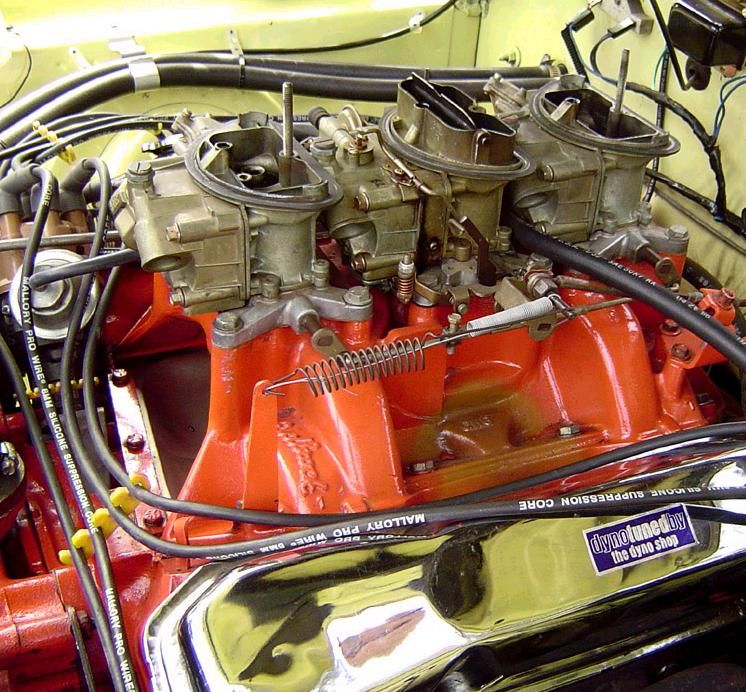
7. **Chrysler 440 Six-Pack**You know how we just raved about the Chrysler 440 Magnum? Well, imagine taking that already potent beast and kicking it up several notches. That’s precisely what Mopar did by adding *three* two-barrel carburetors to the 440 Magnum, creating the legendary 440 Six-Pack! This wasn’t just an extra carb or two; it was a whole new level of induction that screamed performance from the moment you popped the hood.
The real horsepower from this setup was north of 430, a figure that consistently shocked and delighted enthusiasts, even though it was officially rated at 390 hp and 490 ft lbs of torque. Beyond its incredible power, the Six-Pack package was renowned for its fantastic durability, a crucial trait when you’re pushing an engine to its limits on the street. You’d most commonly spot this powerhouse in a Charger two-door sedan, but it wasn’t exclusive to the flashier models; you could find this mean machine tucked away in less ostentatious Mopars, too, ready to surprise unsuspecting rivals.
And here’s a juicy tidbit straight from the old Detroit street racers: many a legendary Hemi was actually defeated in asphalt combat by a Six-Pack. The critical reason? The 440 didn’t foul its plugs as easily! This often gave the Six-Pack a crucial reliability edge during those intense, short-burst races. Whether it was in a Charger or a Challenger, the sub-14-second quarter-mile times these cars delivered with the Six-Pack engine made them undeniable forces to be reckoned with, earning them a permanent spot in the muscle car hall of fame.
Car Model Information: 2015 Dodge Challenger SXT Plus
Categories: All Wikipedia articles needing clarification, All articles needing additional references, All articles to be expanded, All articles with specifically marked weasel-worded phrases, All articles with unsourced statements
Summary: The Chrysler Hemi engine, known by the trademark Hemi or HEMI, is a series of high-performance American overhead valve V8 engines built by Chrysler with hemispherical combustion chambers. Three generations have been produced: the FirePower series (with displacements from 241 cu in (3.9 L) to 392 cu in (6.4 L)) from 1951 to 1958; a famed 426 cu in (7.0 L) race and street engine from 1964-1971; and family of advanced Hemis (displacing between 5.7 L (348 cu in) 6.4 L (391 cu in) since 2003.
Although Chrysler is most identified with the use of “Hemi” as a marketing term, many other auto manufacturers have incorporated similar cylinder head designs. The engine block and cylinder heads were cast and manufactured at Indianapolis Foundry.
During the 1970s and 1980s, Chrysler also applied the term Hemi to their Australian-made Hemi-6 Engine, and a 4-cylinder Mitsubishi 2.6L engine installed in various North American market vehicles.
Get more information about: Chrysler Hemi engine
Buying a high-performing used car >>>
Brand: Chrysler Model: 440 Six-Pack
Price: $16,467 Mileage: 95,860 mi.
Read more about: 15 Untamed 1970s Muscle Cars That Would Leave Today’s Drivers Absolutely Speechless
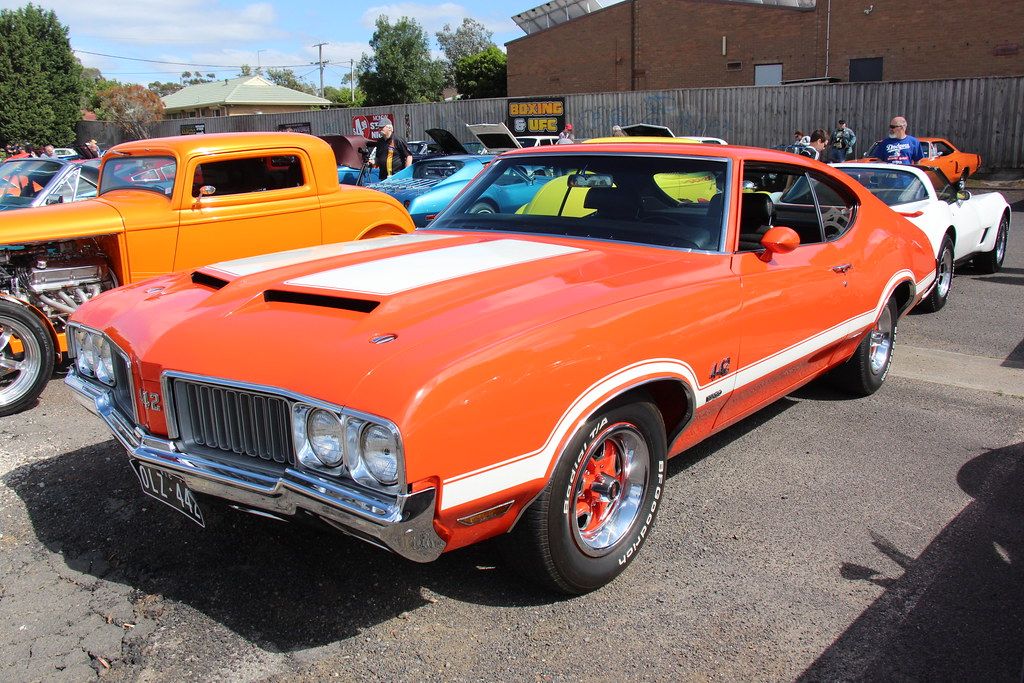
8. **Oldsmobile W30 455**If you thought Buick had a bit of a “stodgy” image in the Sixties, Oldsmobile, in many ways, was even more so. It wasn’t quite as upmarket as some of its GM brethren, and honestly, there wasn’t a whole lot of palpable excitement humming through their dealerships. That is, unless you knew exactly what to ask for, specifically, the W30 package for your 4-4-2 intermediate. This wasn’t just an option box; it was a declaration that you were serious about performance.
The magic of the W30 started with the formidable 455 big-block V-8, which was then systematically enhanced to turn up the wick. Oldsmobile engineers meticulously upgraded the valvetrain, added aluminum induction for better airflow, installed a dual exhaust system for that unmistakable rumble, and included a functional cold-air scoop to feed the beast. Plus, they used “select-fit” parts, chosen specifically to minimize tolerances and ensure every W30 engine performed at its absolute peak.
This incredible package, delivering an underrated 370 hp and a pavement-pounding 500 lb-ft of torque, was so wickedly fast that contemporary performance tests suggested the Oldsmobile 442 W-30 was almost the strongest GM series-production V-8 of its era. It even earned the prestigious honor of being the official Indy 500 pace car for 1970, a testament to its undeniable prowess. The 4-4-2 designation, originally referring to its four-barrel carburetor, four-speed transmission, and dual exhausts, became synonymous with Oldsmobile’s ultimate performance car, proving they could unleash a monster when they really wanted to.
Car Model Information: 2002 Oldsmobile Alero GL1
Name: Oldsmobile 442
Manufacturer: Oldsmobile
ModelYears: 1964–1980,1985–1987,1990–1991
Class: Muscle car
Layout: FR layout
Caption: 1971 Oldsmobile 442
Categories: 1960s cars, 1970s cars, 1980s cars, All articles with unsourced statements, Articles with short description
Summary: The Oldsmobile 4-4-2 is a muscle car produced by Oldsmobile between the 1964 and 1987 model years. Introduced as an option package for US-sold F-85 and Cutlass models, it became a model in its own right from 1968 to 1971, spawned the Hurst/Olds in 1968, then reverted to an option through the mid-1970s. The name was revived in the 1980s on the rear-wheel drive Cutlass Supreme and early 1990s as an option package for the new front-wheel drive Cutlass Calais.
The “4-4-2” name (pronounced “Four-four-two”) derives from the original car’s four-barrel carburetor, four-speed manual transmission, and dual exhausts. It was originally written “4-4-2” (with badging showing hyphens between the numerals), and remained hyphenated throughout Oldsmobile’s use of the designation. Beginning in 1965, the 4-4-2s standard transmission was a three-speed manual along with an optional two-speed automatic and four-speed manual, but were still badged as “4-4-2″s.
Because of this change, from 1965 on, according to Oldsmobile brochures and advertisements, the 4-4-2 designation referred to the 400 cubic inch engine, four-barrel carburetor, and dual exhausts. By 1968, badging was shortened to simply “442”, but Oldsmobile brochures and internal documents continued to use the “4-4-2” model designation.
Get more information about: Oldsmobile 442
Buying a high-performing used car >>>
Brand: Oldsmobile Model: 4-4-2
Price: Not Priced Mileage: 140,101 mi.
Read more about: 15 Untamed 1970s Muscle Cars That Would Leave Today’s Drivers Absolutely Speechless
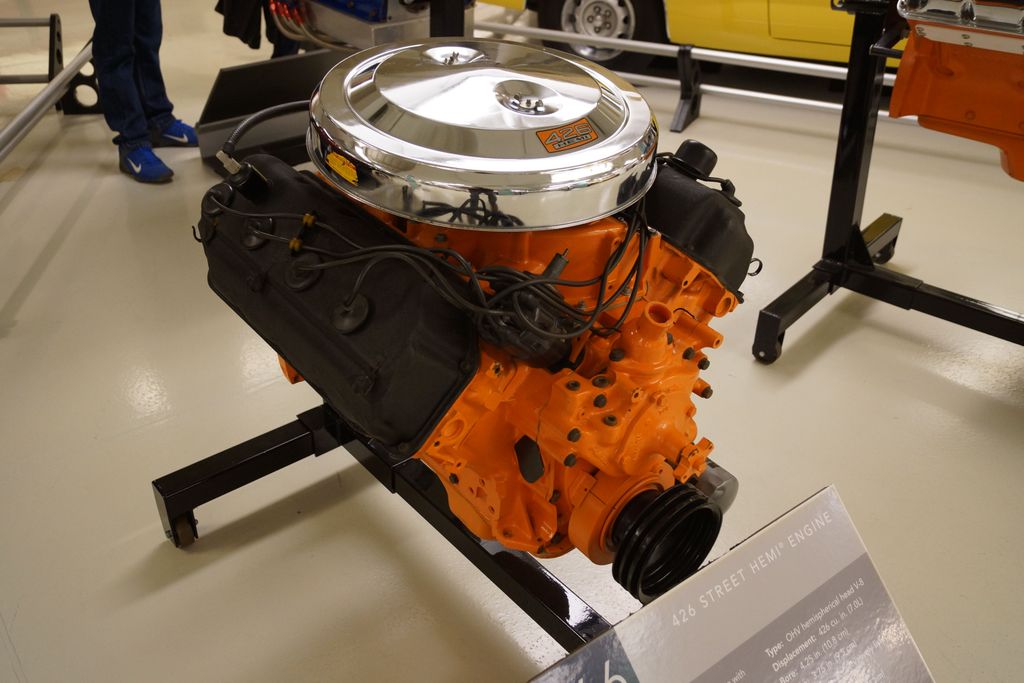
9. **426 Street Hemi**Okay, stop the presses, because we’re talking about the one, the only, the legendary 426 Street Hemi! Everybody, and we mean *everyone*, knows the story of this beast. Affectionately dubbed the “elephant engine,” it was famously underrated from the factory, a common tactic back then to sidestep the “safety lobby” and insurance company scrutiny. The real question that still sparks debate at every car meet is: by *how much* was it underrated?
According to the meticulous calculations of the late Roger Huntington, a pioneer in correlating quarter-mile performance to raw horsepower, the average Street Hemi was probably churning out a colossal 480 horses. Of course, given that these engines were largely hand-built during that era, there was plenty of variation in actual production engines, and keeping these carburetor-equipped monsters finely tuned was a fiendish challenge. But let’s be real: there’s pretty much no substitute for a Hemi; its sheer presence and power are just on another level.
What made the Hemi truly special, beyond its factory might (officially rated at 425 hp and 490 ft lbs of torque in some models), was its almost unlimited potential for aftermarket enhancement. You could find this ferocious 426-cubic-inch mill powering some of the baddest machines of the “American Golden Age of hillbilly high-performance,” like the 1970 Dodge Charger R/T and the 1970 Dodge Challenger R/T. These cars, often dressed in vibrant “High Impact” colors like Top Banana and Panther Pink, could shoot from zero to 60 mph in roughly six seconds, making them undisputed kings of the asphalt and eternal icons of Mopar muscle.
Read more about: Uncovering the Apex of Automotive Rarity: 14 Limited-Production Muscle Cars You’ll Likely Only Dream Of
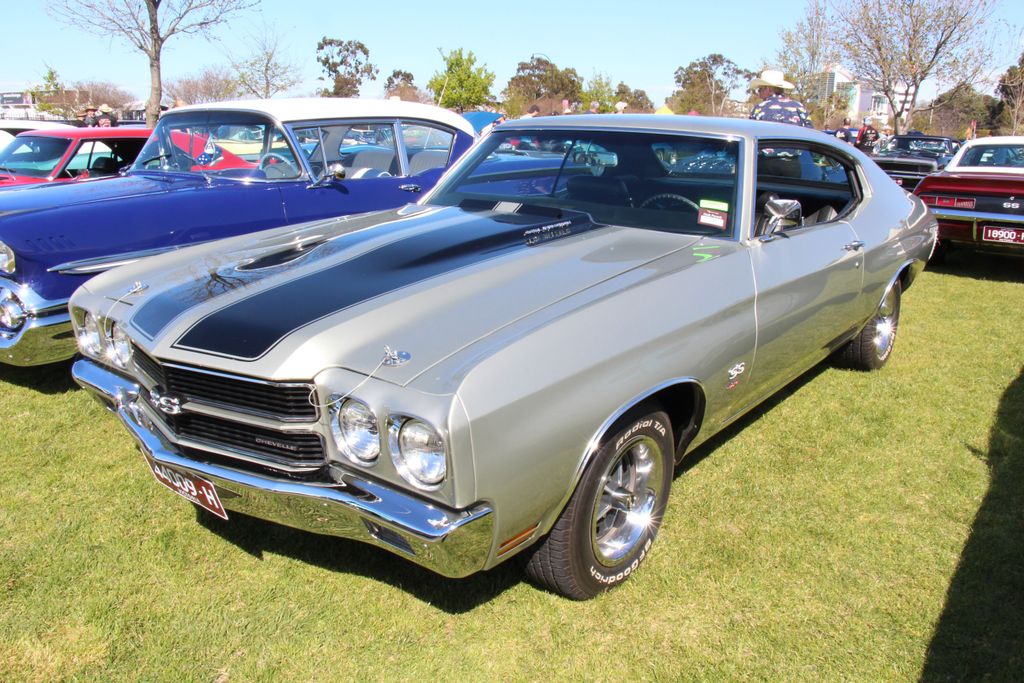
10. **Chevrolet LS6 454**And now, for the grand finale, the undisputed champion, the one we all dream of parking in our garage: the Chevrolet LS6 454! When we talk about classic muscle car legends, the 1970 Chevrolet Chevelle SS 454 stands as a monumental figure. This isn’t just a car; it’s a statement, a testament to an era when horsepower reigned supreme, and designers weren’t afraid to let their creations flex some serious muscle. With its powerful 450-horsepower engine and a massive 454 cubic inch V8, it made an impression that lasts to this day.
You absolutely have to appreciate the incredible 500 lbs-ft of torque that this beast effortlessly delivered, turning tires into smoke with exhilarating ease. Beyond the raw power, the Chevelle’s design perfectly captured the essence of the era, featuring a muscular frame and bold aesthetics that commanded attention. This car was engineered from the ground up for performance, and it undeniably showed in every exhilarating moment behind the wheel, solidifying its place as a true classic.
The crowning jewel of the 1970 Chevelle line was the LS6 variant. This range-topping, two-door powerhouse featured its 454-cubic-inch V-8 fed by a single four-barrel 800 CFM Holley carburetor, a setup designed to pump out an outrageous 450 horsepower. Its limited production makes it a highly sought-after model among collectors and enthusiasts alike. To drive one is to feel the visceral legacy of American muscle, a perfect blend of power, style, and undeniable cool that wraps up our incredible list!
Car Model Information: 2015 Dodge Challenger SXT Plus
Name: Chevrolet Chevelle
Caption: 1970 Chevrolet Chevelle SS 396 Sport Coupe
Manufacturer: Chevrolet
Production: 1963–1977
ModelYears: 1964–1977
Class: Mid-size
Platform: GM A platform (RWD)
Layout: FR layout
Successor: Chevrolet Malibu
Categories: 1970s cars, All articles needing additional references, All articles that may contain original research, All articles with specifically marked weasel-worded phrases, All articles with unsourced statements
Summary: The Chevrolet Chevelle is a mid-sized automobile that was produced by the Chevrolet division of General Motors (GM) in three generations for the 1964 to 1977 model years. Part of the GM A-body platform, the Chevelle was one of Chevrolet’s most successful nameplates. Body styles included coupes, sedans, convertibles, and station wagons. The “Super Sport” versions were produced through the 1973 model year and Lagunas from 1973 through to 1976.
After a four-year absence, the El Camino was reintroduced as part of the new Chevelle lineup in 1964.
From 1964 to 1969, GM of Canada sold a modified version of the Chevelle that included a Pontiac-style grille, and a LeMans instrument panel, marketed as the Beaumont.
The Malibu was the top-of-the-line model to 1972, and completely replaced the Chevelle nameplate starting with the redesigned, and downsized 1978 model year.
Get more information about: Chevrolet Chevelle
Buying a high-performing used car >>>
Brand: Chevrolet Model: Chevelle SS 454
Price: $16,467 Mileage: 95,860 mi.
Read more about: Nine Classic American Cars That Deserve a Modern Comeback
Fifty years after the classic muscle car era, these top ten engines, and the incredible cars in which they were installed, continue to generate excitement, discussion, and even a little friendly controversy among gearheads worldwide. We might never definitively know which ones were *the* absolute most powerful – after all, every build, every tune, and every street-racing tale adds another layer to their legend. But with a lineup as incredible as the one we’ve just celebrated, every single choice is an undeniable winner in our book! So, crank up some classic rock, dream big, and maybe one day, you’ll be revving one of these monsters in your very own garage. Keep those engines roaring, friends, because the spirit of muscle cars lives on!



